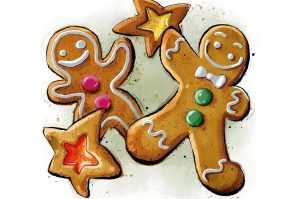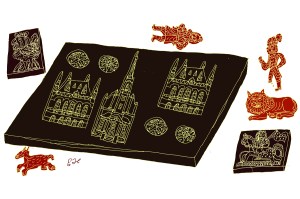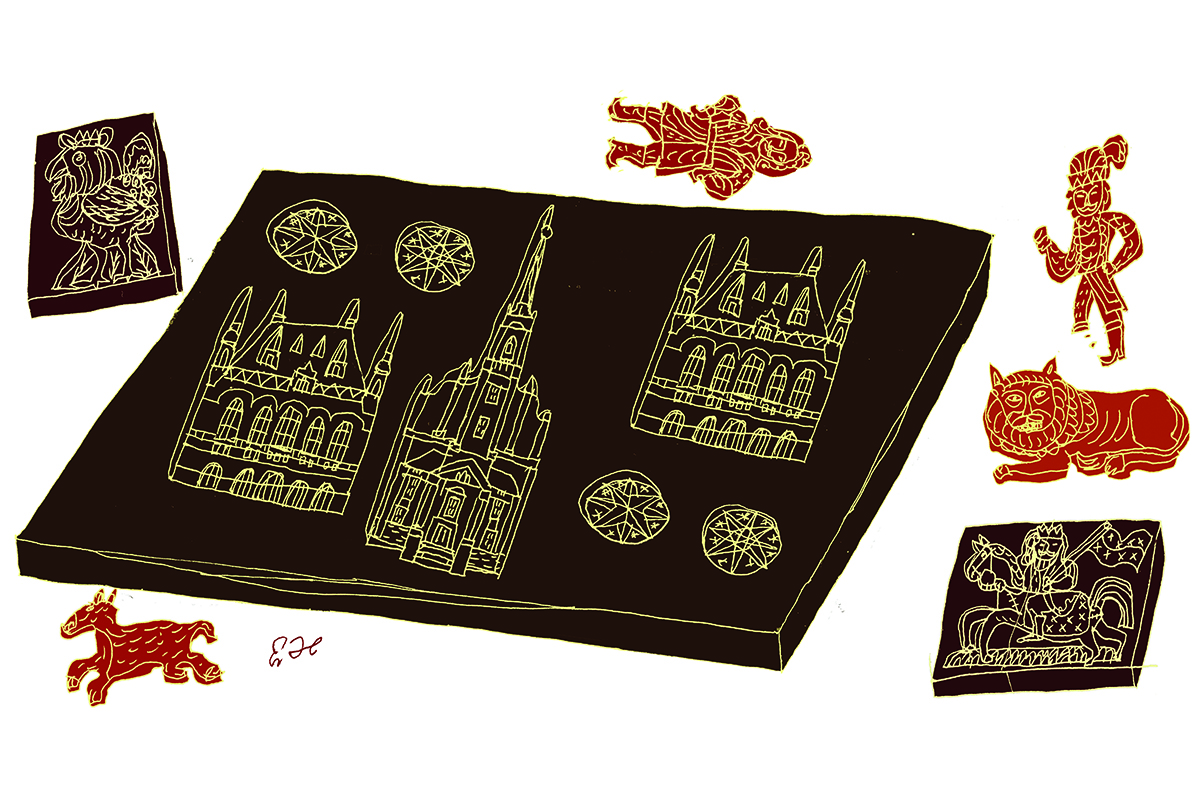‘Food experiences,’ writes Michael Flanagan in his paper ‘Cowpie, Gruel and Midnight Feasts: Food in Popular Children’s Literature’, ‘form part of the daily texture of every child’s life… thus it is hardly surprising that food is a constantly recurring motif in literature written for children.’ Though Helen Oyeyemi’s sixth novel, Gingerbread, is far from a novel for children, it is steeped in the tradition of the Brothers Grimm, Roald Dahl, L. Frank Baum, even Lemony Snicket. But this being the work of Oyeyemi, these initial influences are soon turned inside out, reimagined and repurposed by one of our most singular and inventive contemporary voices.
The great joy of Oyeyemi’s work is its sense of complete freedom: in her narratives, we rarely, if ever, end up in expected places. She follows nothing but her own instincts, leaves storylines when they have ceased to amuse her, introduces sub-plots and asides on a whim. It is disarming, sometimes disorientating, sometimes maddening, but when the quality of the writing — and the scope of the imagination — is this good, it’s hard not to be swept away.
Harriet makes gingerbread to an old family recipe, honed in her homeland of Druhástrana — a country Wikipedia insists is fictional. The gingerbread is ‘not comfort food’, Oyeyemi writes, ‘It is not humble, nor is it dusty in the crumb.’ It is also the source of some anguish. As a child, Harriet’s daughter Perdita eats nothing else, and after being threatened with social services, Harriet refuses to let her eat any more. At the age of 17, however, Perdita attempts to get to Druhástrana — a passage only possible, apparently, by eating adulterated gingerbread. She returns almost broken from the experience and, to comfort her, Harriet tells a long bedtime story about how she came to London from Druhástrana.
This journey introduces us to Harriet’s strange childhood friend Gretel, the bewilderingly large Kercheval clan, houses with moving rooms, gingerbread factory tours, and unfathomable lottery games where finding the numbers is as difficult as predicting them. There is much to revel in here: Oyeyemi’s inventions are as surprising and as deft as her modern-mythic prose style — ‘Perdita gives Harriet an eye-smile of stunning purity: Tyra Banks would be proud’ — while there are subtle and affecting explorations of motherhood, immigration, political corruption, love and friendship. However, so much happens, and so quickly, it can sometimes muddle and overwhelm.
There is an issue of balance in Gingerbread. Harriet’s bedtime story should have been tighter, while the section that follows, concerning three definitely-not-haunted houses, feels disappointingly rushed. There are some memorable characters — Harriet’s mother Margot, a scene-stealing vision whenever she’s around, chief among them — but too many that don’t quite feel rounded enough. And the talking dolls that perform a kind of Greek chorus during Harriet’s story are annoying rather than illuminating.
And yet for all that, the dramatic punches all land, the love between Harriet and Perdita is beautifully rendered, and Oyeyemi’s sentences continually sparkle with viciously precise humor. Uneven it might be, but Gingerbread is delicious.
This article was originally published in The Spectator magazine.



















